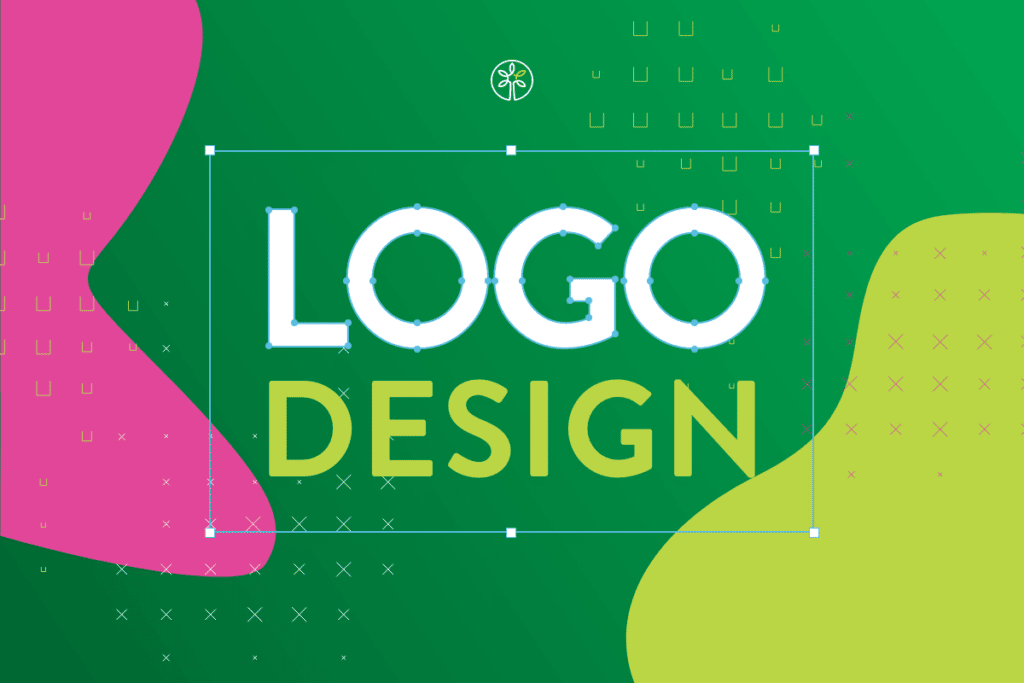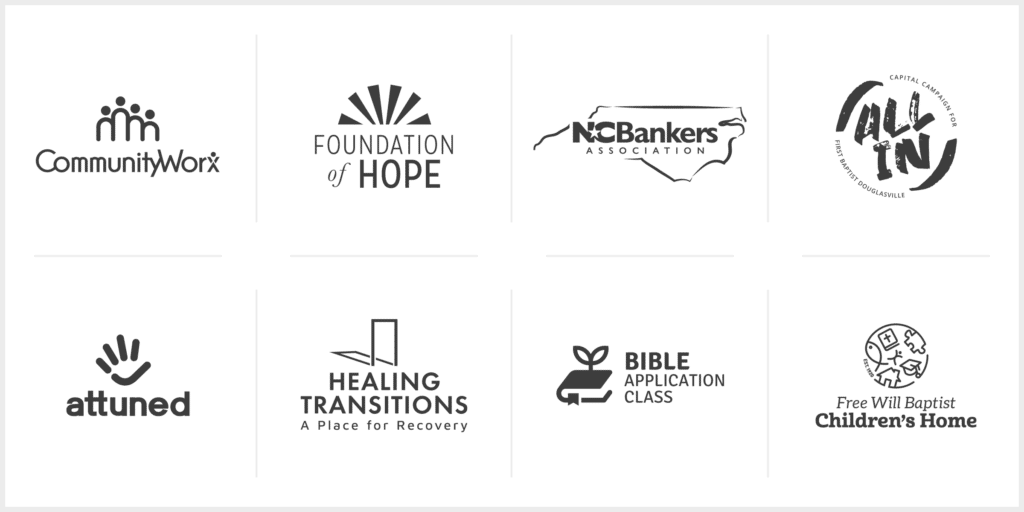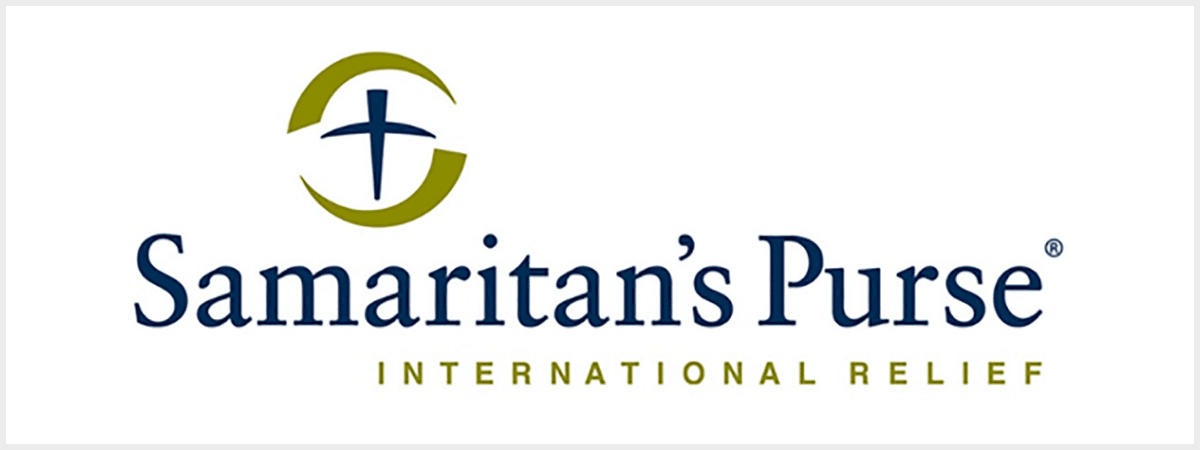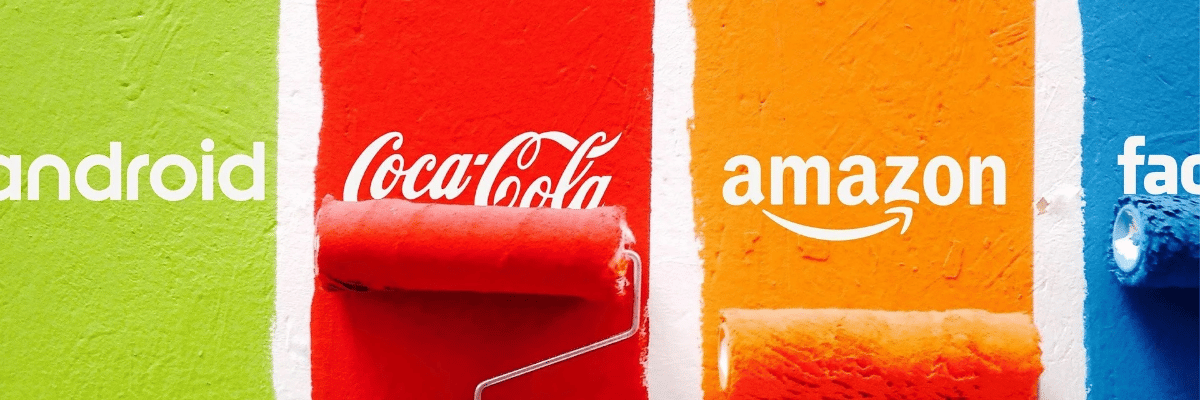10 Tips For Your Nonprofit Logo Design
Your organization’s cause has value, and your brand’s exposure makes that value known. So how can you spark the branding for your nonprofit organization? By creating a simple, yet effective logo.
Impactful logo design is all about creating a perfectly unique visual brand mark for an organization. Depending on the type, a logo usually consists of a logo mark, a wordmark or a combination of both.
An eye-catching logo gives your nonprofit a graphic symbol that appeals to your target audience. It serves as a visual representation of everything an organization stands for, enhancing potential constituents’ first impressions, building loyalty among supporters and demonstrating a professional standard. Think of your logo as a cause ambassador to potential supporters.
And while logos exist everywhere on this planet, they’re not necessarily easy to develop. Start the process by checking out these top 10 tips for designing your nonprofit’s logo.
1. Don’t create your logo in Word, Canva or Etch A Sketch!
It can be tempting to “save money” and create a brand logo yourself. However, if your nonprofit organization genuinely wants to establish credibility and longevity, hire a professional to help create a representation for your vision.
Professional designers have the experience and expertise to not only design a memorable logo but to account for effectiveness, flexibility and reproduction. They will use proper apps to create a vector logo that can be scaled indefinitely and is what you’ll want when working with any other marketers, designers or printers in the future.
2. Devote your time.
Creating a logo takes time, so before you start working with a graphic designer, consider what you want the logo to represent. Developing a strong brand requires a thoughtful process – a logo is no exception. Generate ideas to lay out on the table for the designer and work through them together.
Guiding questions include:
- What do you want the logo to focus on?
- How does this logo represent your organization?
The goal is to create a logo that is appropriate for the organization’s brand as a whole, rather than one that satisfies the personal tastes of a decision-maker.
3. Stand out from the crowd.
Logos. Logos. Logos. They are everywhere we look. So, to make yours stand out from the crowd, look at others in your field and develop a strategy. When your brand has a fresh and unique design, viewers will be more attracted to it and more likely to get involved with your cause. Research logo designs and collaborate with your designer to create a logo that fits your needs while still being unique.
4. Focus on your mission.
When developing ideas for your nonprofit’s logo, focus on a specific mission. Consider focal points like what you do, how you make a difference, what constituents like about you and what you want future supporters to think. If your organization works in a variety of different areas, choose a topic and target the logo toward it. Potential volunteers and donors should be able to look at your organization’s logo and have a general idea of your involvement.
5. Develop a tagline.
A short, concise tagline added to a logo sums up your nonprofit organization. While not necessary, it does add an extra dose of intrigue and interest to a logo design. If your nonprofit has a significant phrase that fits in well with your logo as a tagline, work through it with your designer and use it to your advantage.
6. Consider your options.
Once you have an idea to focus on for your logo, consider your options. There are three main types of logos: Word Mark, a Logo Mark or a combination of both.
No matter which type of logo design your group chooses to utilize, be sure it represents your cause and the organization’s mission well.
7. Keep it simple.
When developing design ideas for your logo, remember the simpler, the better. Excessively complex logos can overwhelm viewers and have a negative effect. Choose easy-to-read fonts, crisp colors and a clean design. A creative yet simple logo demonstrates the organization’s credibility and professionalism while catching viewers’ eyes and generating higher engagement.
8. Choose your colors.
Never underestimate the importance of your logo’s color palette. Color production costs can be excessive, and too many colors overwhelm viewers. So keep the colors in your logo to a minimum.
Subconsciously, color affects our brains in different ways. Choose colors that represent your organization, but consider the emotion that color can evoke:
- Blue: trustworthy, tranquil, dependable, medical
- Green: growth, relaxation, instructional, nature
- Red: bold, movement, urgency, sexy
- Orange: energy, creative, friendly, youthfulYellow: optimism, youthful, clarity, inventive
- Purple: spiritual, wise, imagination, luxury
- Black: powerful, credible, sleek, precision
- Pink: romantic, feminine, fun, tenderness
- White: clean, simple, perfection, purity
- Brown: stability, structure, support, history
9. Remember adaptability.
Adaptability is critical in reaching out to a variety of different audiences to grow your cause through your logo. Your nonprofit’s logo should adapt to all sorts of different channels—online, in print or on promotional materials. It needs to look crisp and clean, whether printed on a business card or plastered on the side of a truck. This means the logo can be scaled and easy to produce, so keep this in mind while working with a designer.
It is important to consider the production limits of different kinds of media. For example, if your logo uses small text or a lot of text, it may be hard to see and read online. Logos can have multiple versions that work for different uses. For example, variations can be horizontal, vertical, logo mark only, or with and without a tagline.
10. Make it timeless.
Finally, don’t follow the fads with your logo. Aim for a classic and timeless design that can undergo gradual changes over time. Your logo should not have any drastic alterations once produced. Choose something that will stay current for 10–20 years or longer. A professional designer can create a simple and original design with a timeless look so your nonprofit can focus on its cause rather than continually producing logos.
The logo your nonprofit chooses takes the first step in marketing your brand and growing your cause. It reflects personality and mission, so take time and consider all of your options. A well-crafted logo makes your nonprofit stand out from the crowd. So utilize a designer, try it out and experience everything a creative logo can do for your organization.
Want to get started working on your nonprofit organization’s logo? Angel Oak Creative can help! We offer exceptional graphic design work and a support team to help take your logo to the next level and grow your cause.












